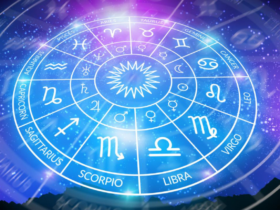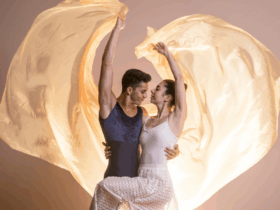Love has long been a central theme in literature and art, captivating the human imagination across cultures and centuries. Its representations have varied widely, reflecting diverse perspectives, cultural nuances, and societal influences. From ancient myths to modern novels, from classical paintings to contemporary sculptures, the portrayal of love in these mediums has evolved and adapted, yet its essence remains a timeless muse.
Throughout history, love has been depicted in multifaceted ways, often embodying different forms and meanings. In ancient mythology, tales of gods and mortals intertwined in passionate affairs, such as the tragic love story of Orpheus and Eurydice in Greek mythology or the tumultuous relationship of Cleopatra and Mark Antony in Roman history. These narratives not only served as entertainment but also as vehicles for exploring the complexities and consequences of love’s power.
During the Middle Ages, courtly love emerged as a popular theme in literature, particularly in troubadour poetry and medieval romances. These works idealized chivalric love, often portraying knights performing heroic deeds in the name of their beloved ladies. The romanticized notion of unrequited love, yearning, and devotion became prevalent themes during this period.
The Renaissance witnessed a shift in artistic representations of love, with a focus on humanism and individualism. Artists like Leonardo da Vinci and Botticelli depicted love in their works, exploring themes of intimacy, beauty, and sensuality. Love became a subject of philosophical contemplation and intellectual discourse, influencing the portrayal of emotions and relationships in both literature and art.

As society progressed, the Enlightenment and Romantic eras brought forth new perspectives on love. Romanticism celebrated intense emotions, nature’s beauty, and the individual’s emotional experience. This period gave rise to literary works like Jane Austen’s novels, where love, courtship, and social norms were intricately woven together, reflecting societal values and expectations.
Related: Tapping into Venus Energy to Deepen Emotional Bonds
In the modern era, love in literature and art has expanded to encompass diverse identities, experiences, and relationships. Authors and artists delve into themes of love beyond the conventional boundaries, exploring LGBTQ+ relationships, unconventional partnerships, and the complexities of modern love in a rapidly changing world.
In conclusion, love in literature and art has been a constant muse, serving as a reflection of human experiences, emotions, and societal values throughout history. Its representations have evolved, from the mythical and idealized depictions to more nuanced and diverse portrayals in contemporary works. Yet, at its core, love remains a universal force that continues to inspire and resonate across cultures, inviting us to explore its depth, complexities, and enduring significance in the human experience.





















